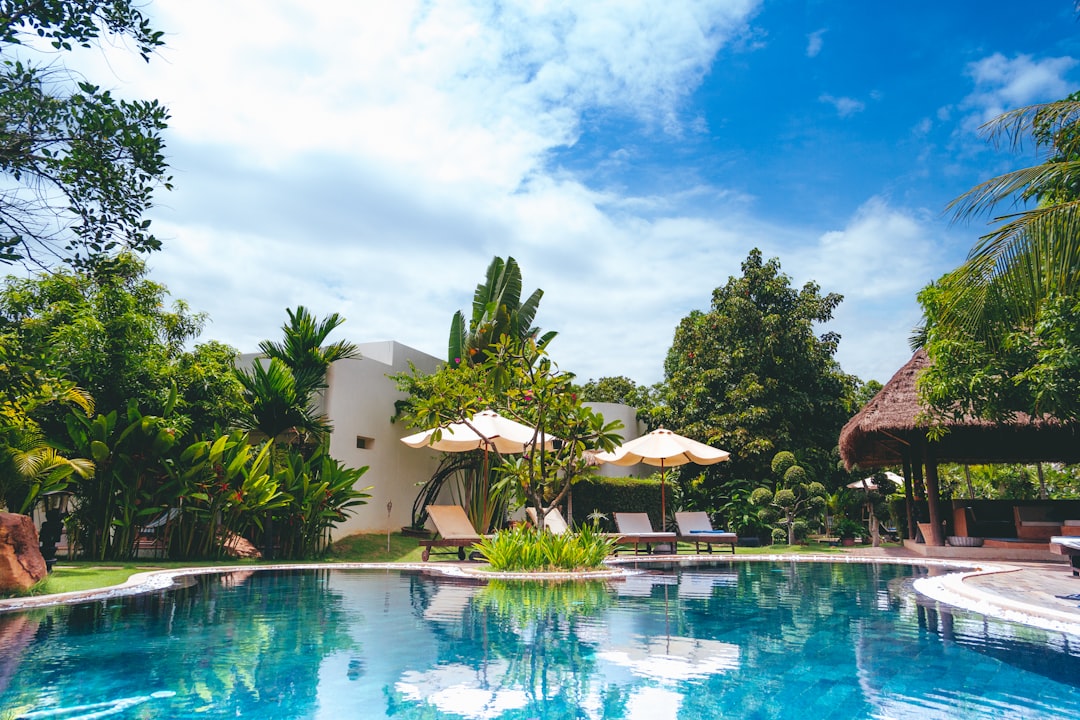What is it about?
This study looked at how flooding, saltwater, and sunlight affect the growth of two types of mangrove trees. They found that one type of mangrove was more sensitive to these conditions and did not survive well, while the other type was more tolerant and survived even in high levels of saltwater. This is important because mangrove forests protect coasts from storms and floods, and trees that can survive these conditions are crucial for restoring and maintaining these important ecosystems
Featured Image

Photo by The Tampa Bay Estuary Program on Unsplash
Why is it important?
Understanding the effects of flooding on mangrove seedlings is crucial for restoring and maintaining these ecologically important ecosystems. This study's findings highlight the resilience of Bruguiera gymnorrhiza to prolonged flooding, even in high salinity conditions, making it a potential candidate for restoring vulnerable mangrove forests. Such knowledge is essential for effective mangrove conservation and restoration efforts, which are critical for protecting coastal areas from storms, erosion, and other environmental threats.
Read the Original
This page is a summary of: Effects of waterlogging, salinity and light on the productivity of Bruguiera gymnorrhiza and Heritiera littoralis seedlings, African Journal of Marine Science, April 2017, Taylor & Francis,
DOI: 10.2989/1814232x.2017.1328372.
You can read the full text:
Contributors
The following have contributed to this page










